In education today, helping every student reach their potential is more important—and tricky—than ever. Over 60% of teachers say they struggle with spotting and fixing learning gaps. That's where AI comes in handy. It helps teachers find exactly where students need help, and it does it really well. Think about a tool that not only finds these gaps but also suggests ways to fix them just for each student. This article will walk you through how AI is changing the way we handle learning differences. Whether you're a teacher, school leader, or just curious about what's next in education, this guide will give you the insights to use AI for a smarter and more inclusive learning space. Let's get started!
Step-by-Step Guide to Identifying Learning Gaps With AI
Gather Learner Data for AI Analysis
To effectively spot learning gaps with AI, begin by gathering comprehensive learner data. This step is crucial as it forms the foundation for AI algorithms to analyze and identify where learners might be struggling.
Collect Quiz Results, Academic History, and Engagement Metrics
Start by collecting quantitative data such as quiz and test results. These scores provide a snapshot of a learner's current understanding of various subjects. Academic history is equally important as it reveals trends and patterns over time.

Engagement metrics, like time spent on tasks, frequency of participation in discussions, and assignment completion rates, are also vital. These metrics reflect a learner's engagement, hinting at their interest and motivation levels. Platforms like QuizCat AI allow educators to gather quiz scores, attendance records, and engagement data for analysis.
Prepare Data for AI Analysis
After data collection, the next step is to clean and prepare it for analysis, ensuring accuracy and readiness for AI tools.
Address Missing Values and Standardize Formats
Address any missing values using techniques like imputation, where missing data points are filled based on the dataset's mean, median, or mode, or more advanced methods like predictive modeling. Standardizing formats is crucial, ensuring all data entries follow a consistent format, such as using the same date format or recording numerical data in the same units.

Consistent data formatting is vital for effective analysis. For example, standardizing test score formats and filling in missing attendance data before using AI tools is essential for data integrity.
Utilize AI Tools for Educational Data Assessment
Once the data is cleaned and prepared, the next step is to feed it into AI tools designed for educational assessment.
Leverage Platforms Like QuizCat AI for Analysis
Platforms like QuizCat AI are built to analyze educational data and offer insights into learner performance. These tools use advanced algorithms to process data and create reports on various learning aspects, including identifying strengths and weaknesses.
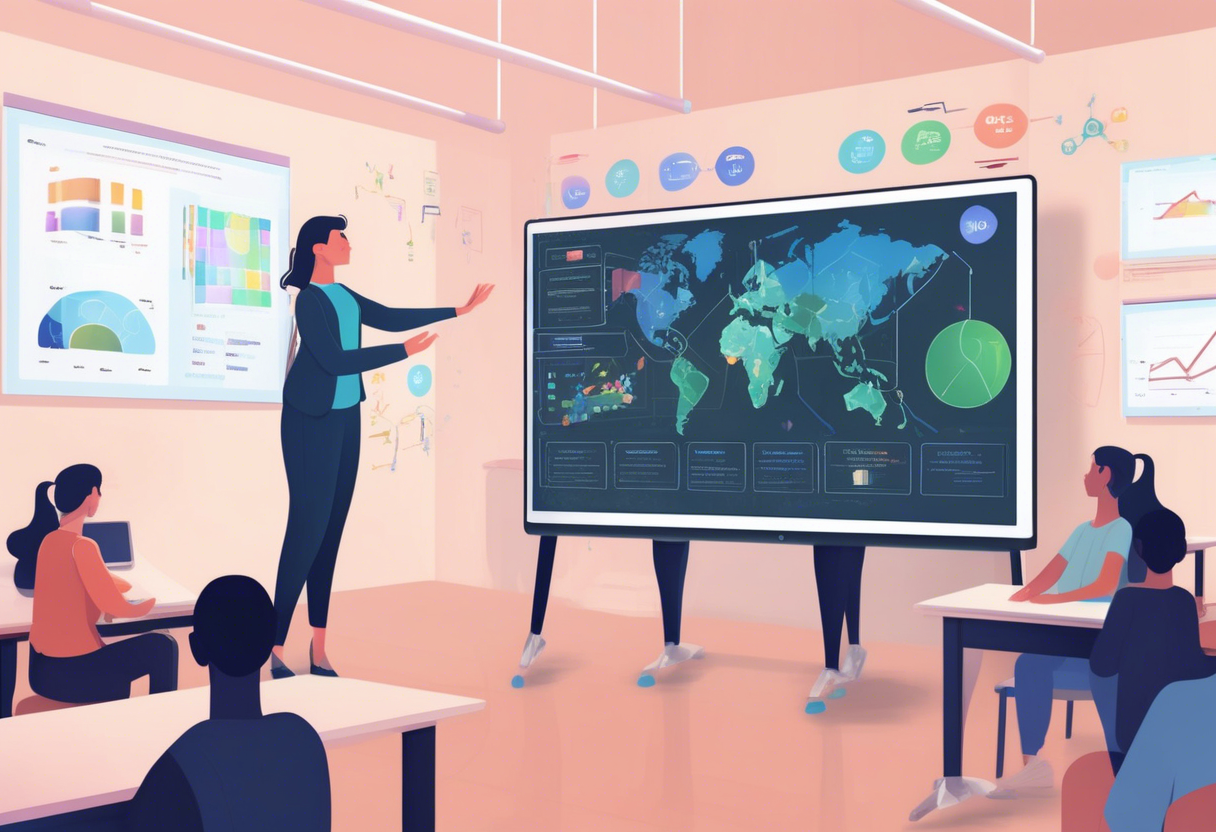
By using such platforms, educators can better understand where learners excel and where they need more help. For example, uploading cleaned student performance data into QuizCat AI allows for automated gap detection, providing educators with actionable insights.
Identify Learning Gaps with AI Algorithms
AI algorithms are powerful tools for analyzing learner performance and spotting learning gaps.
Recognize Weaknesses Through Pattern Detection
AI algorithms can identify patterns in data that might not be obvious to humans. By recognizing these patterns, AI can pinpoint areas where learners consistently underperform, indicating potential learning gaps.
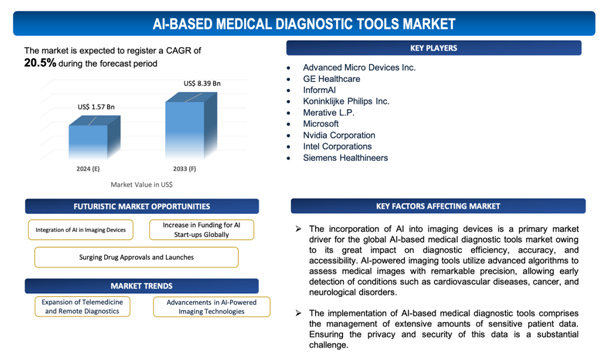
For instance, AI might notice a group of students struggling with algebra concepts and group them for targeted support. This focused intervention can help address specific weaknesses and improve overall learning outcomes.
Apply NLP for Enhanced Written Response Analysis
Natural Language Processing (NLP) focuses on understanding and analyzing human language. It's particularly useful for gaining deeper insights into learners' written responses.
Assess Understanding Through Answer Evaluation
NLP can analyze written responses to evaluate a learner's understanding of the material. By examining the language used, response structure, and discussed concepts, NLP provides a nuanced assessment of how well a learner understands the subject.
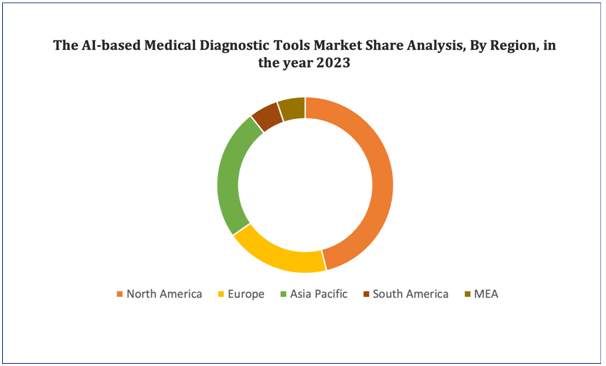
This goes beyond just right or wrong answers, offering a more comprehensive view of the learner's grasp. For instance, Stanford University developed an NLP system that analyzed medical students’ case study responses, achieving a 92% correlation with expert evaluations.
Use Predictive Analytics to Anticipate Learning Challenges
Predictive analytics uses historical data to forecast future outcomes. In education, it can predict where learners might struggle in the future.
Evaluate Academic and Engagement Data for Predictions
By analyzing a learner's academic history and engagement metrics, predictive analytics can spot patterns suggesting future challenges.
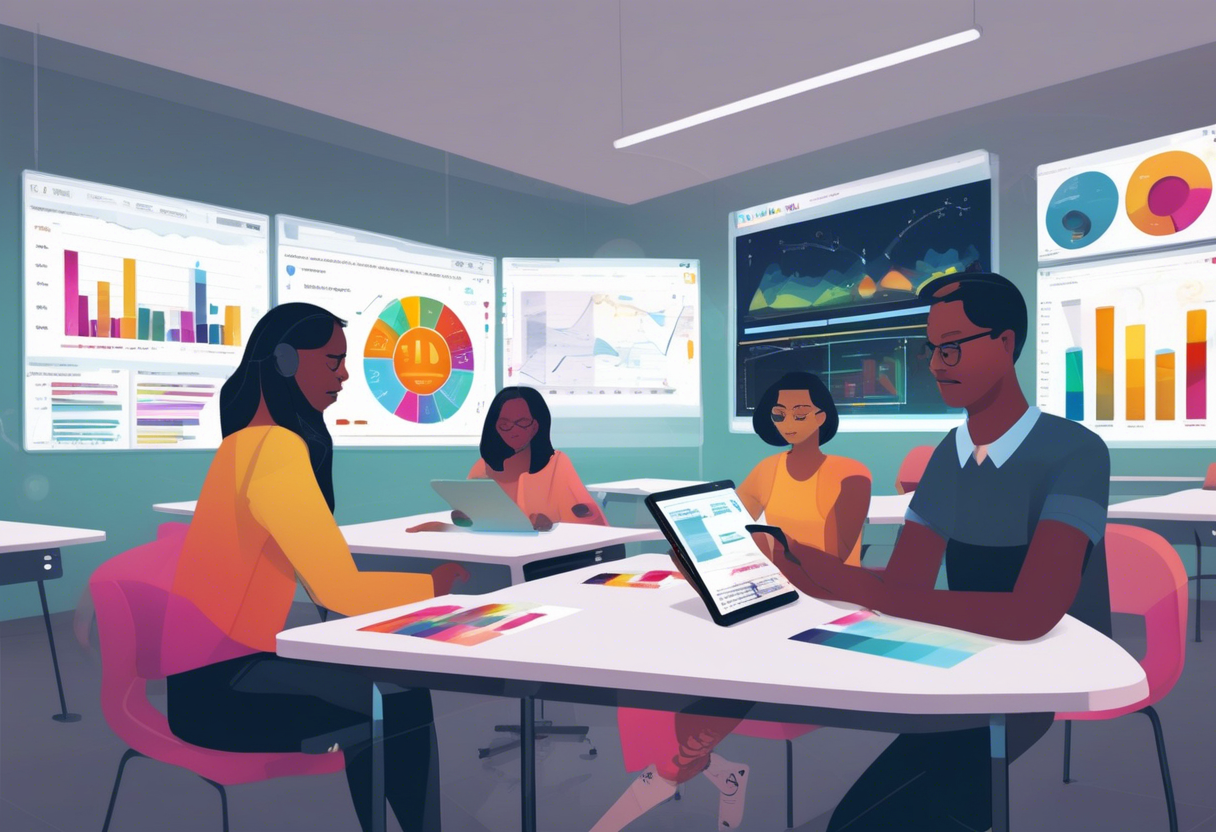
For example, declining engagement over time might indicate a risk of future disengagement and struggle. Predictive models use academic history, engagement metrics, behavioral data, and learning styles to forecast where students might struggle and enable proactive interventions.
Develop Personalized Learning Plans from AI Insights
After identifying learning gaps and forecasting future struggles, the next step is to create personalized learning recommendations.
Design Custom Study Plans Based on AI Analysis
AI insights can help create tailored study plans addressing each learner's specific needs. These plans can include targeted exercises, additional resources, and focus areas to strengthen weak points and reinforce understanding.
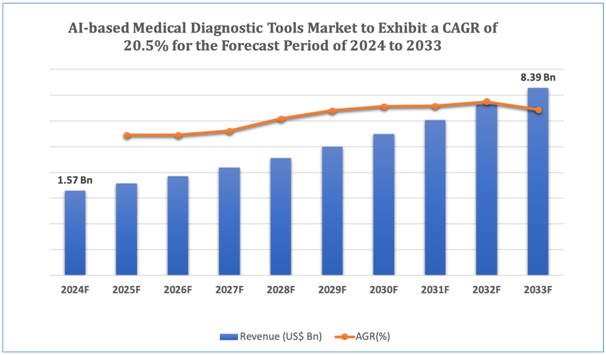
By providing personalized recommendations, educators can help learners reach their full potential. AI generates tailored study plans by adjusting content difficulty and focus areas based on insights from gap analysis and predictive analytics.
Implement AI-Created Assessments and Learning Content
AI can also generate assessments and content that align with the learner's level and identified gaps.
Customize Assessments to Learner Needs
AI-generated assessments can be tailored to the learner's current level and specific learning gaps. This ensures assessments are relevant and challenging, providing an accurate measure of the learner's progress.

By aligning assessments with the learner's needs, educators can gain valuable insights into their development and areas needing further attention. AI aligns assessments with learner levels and gaps, facilitating targeted practice and reinforcement through dynamically generated content.
Continuously Monitor and Reassess Learner Progress
Monitoring learner progress and reassessing performance is crucial for ensuring interventions remain effective and aligned with learner needs.
Utilize AI for Ongoing Progress Tracking
AI tools can continuously track learner progress by analyzing performance data and engagement metrics. This real-time monitoring allows educators to quickly identify performance changes and adjust interventions.

Continuous tracking of learner progress through AI tools allows for periodic reassessment and updating of performance data to refine interventions.